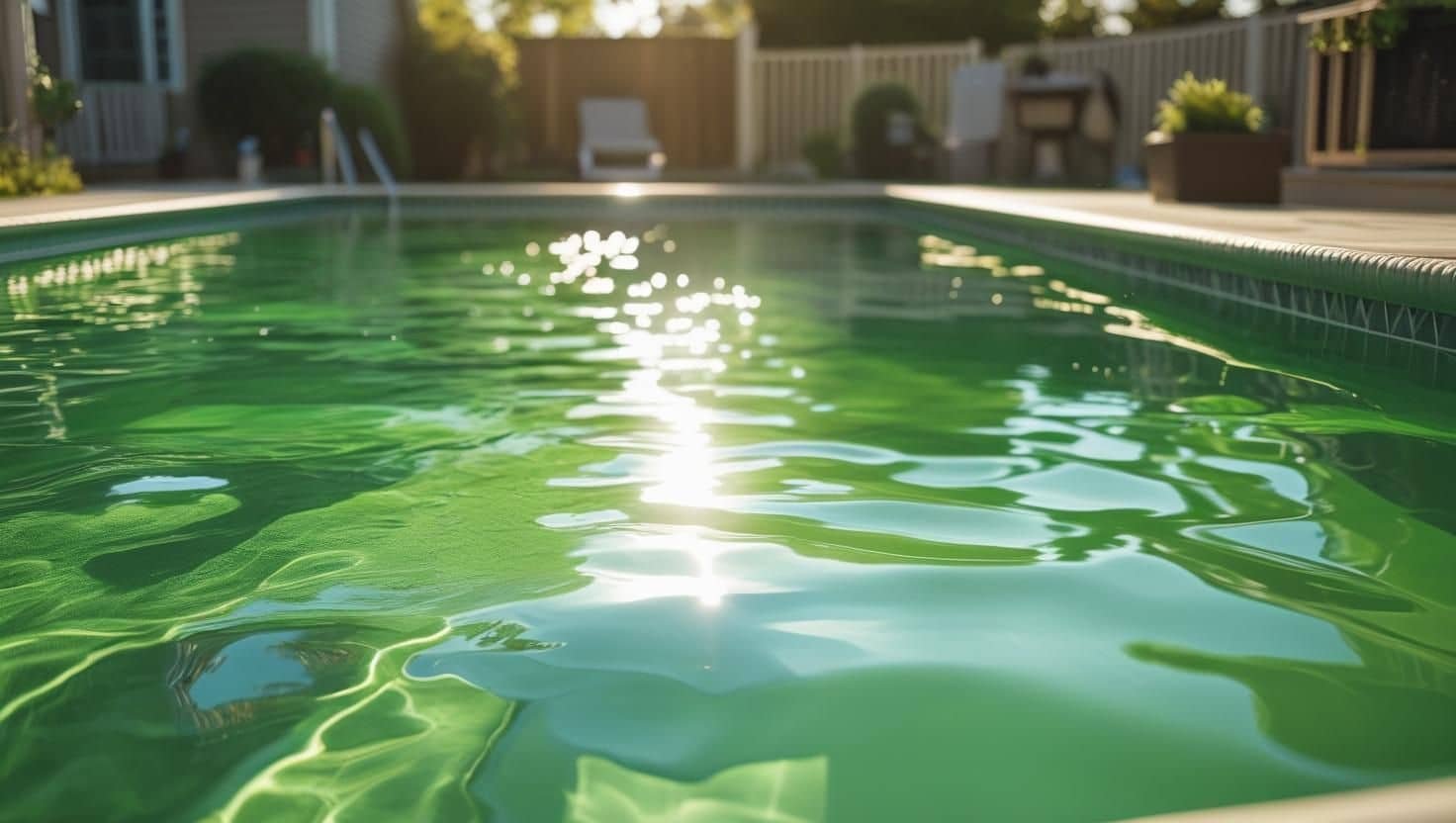What to Do If Your Pool Water Is Green
Discovering that your pool water has turned green can be both alarming and frustrating. Not only does it detract from the aesthetic appeal of your pool, but it can also indicate underlying issues that need immediate attention. In this guide, we’ll explore what to do if your pool water is green, focusing on practical and safe solutions that anyone can follow.
Why Is My Pool Water Green?
Green pool water is typically a sign of algae growth, which can occur due to imbalanced water chemistry, poor filtration, or inconsistent maintenance. Algae not only looks unappealing but can also harbor harmful bacteria, making it essential to address the issue promptly.
Assessing the Chemical Balance
Begin by testing your pool’s water chemistry. Use a reliable pool water test kit to check the pH, chlorine, and alkalinity levels. Ideally, your pool should have a pH between 7.2 and 7.6, alkalinity between 80 and 120 ppm, and chlorine levels between 1 and 3 ppm. If any of these levels are off, adjust them accordingly using appropriate pool chemicals.
What to Do If Your Pool Water Is Green: Shocking the Pool
If your pool water is green, one of the most effective treatments is to shock the pool. This involves adding a high dose of chlorine to the water to kill the algae. Follow the manufacturer’s instructions for your chlorine shock product. For severe algae infestations, consider using a triple dose, which equates to about 3 pounds of shock per 10,000 gallons of water.
Brushing and Vacuuming the Pool
Once you’ve shocked the pool, it’s crucial to brush the walls and floor to dislodge any algae. Use a pool brush suitable for your pool’s surface to scrub away the algae. After brushing, vacuum the pool to remove the dislodged algae and debris. A manual or automatic pool vacuum can be used for this task.
Maintain Your Pool Filter
Run your pool filter continuously for at least 24 hours after shocking the pool to clear out the dead algae. Ensure that you backwash or clean the filter during this period to maintain its efficiency. A clean and properly functioning filter is essential for preventing future algae blooms.
Applying an Algaecide
To further combat algae and prevent future growth, apply an algaecide that targets the specific type of algae you are dealing with, whether it’s green, mustard, or black algae. Follow the instructions provided with the algaecide and consider regular maintenance doses as a preventive measure.
When to Seek Professional Help
If the algae persists despite your best efforts, it may be time to consult a pool professional. Persistent algae issues can indicate underlying problems with your pool’s filtration system or water chemistry that require expert intervention. Additionally, it’s wise to schedule an annual professional inspection to ensure all systems are functioning optimally.
Safety Considerations
When handling pool chemicals, always prioritize safety. Use gloves and goggles to protect your skin and eyes from irritation. Never mix different pool chemicals, as this can result in dangerous reactions. If you’re unsure about any procedure, contact a professional for guidance.
Cost Considerations
Addressing green pool water can range in cost depending on the severity of the issue. Here are some potential expenses:
- Test Kits: $15-$50
- Chlorine Shock: $20-$60 per treatment
- Algaecide: $15-$40
- Professional Help: $75-$200 per visit
Preventing Future Algae Blooms
Prevention is key to maintaining a clear and healthy pool. Regularly test your water and maintain a consistent maintenance schedule. Invest in a robotic pool cleaner for efficient and thorough cleaning. Ensure your pool’s filtration system is always in top condition to avoid future green water issues.
By following these steps, you can effectively tackle the problem of green pool water and enjoy a sparkling clean pool once more. Remember, when in doubt, don’t hesitate to reach out to a professional for peace of mind and expert advice.

